Much like scotch or bourbon, Canadian whisky has a very storied history, one that has seen it evolve into into the quintessentially smooth spirit we recognize and enjoy today.
Being a relatively young country (barely over 150 years old), it turns out that Canadian whisky embodies a history that is actually much older than the nation itself. Though its very first recorded distillery dates back as far the late 1760s in what is now Quebec City, its more complete history extends back much further, beginning with North American fur trappers who traded it with Canada’s First Nations People.
A TROUBLED START: WHISKY TRADERS
It first must be noted that Canadian whisky got off to a somewhat rocky start.
Long before the arrival of Europeans, First Nations people in what is now Canada had been hunting and trapping fur-bearing animals for millennia. Throughout the 1600s, 1700s, and into the 1800s, North American trappers who generally worked for either the Hudson Bay Company (HBC) or the North West Company (NWC) (think of Leonard DiCaprio in The Revenant) used rum and brandy to barter with local Natives for animal fur pelts and robes to be sold in Europe.
These distilled offerings were typically heavily diluted and transferred into animal skin bags or small barrels before being traded with local Natives, who soon referred to it as ‘firewater’.
Among bartered items were also firearms, food, wool blankets and tools, as trading with Natives at the time was integral part of the exploration and settlement of Europeans in Canada – for better and for worse.
Descriptions of early Canadian and American whisky made by traders from Montana to Alberta (then referred to as ‘the whisky trail’) was anything but enticing to the ears. Made from distilled alcohol and procured with ingredients like chewing tobacco, molasses, ink (yes, ink), red pepper and even soap, this insidious early mixture was often referred to as ‘whoop-up juice’, and ultimately resulted in the formation of the North West Mounted Police in 1870 (3 years after Canada’s Confederation) to patrol and put an end to the many illegal whisky forts that were rampantly peddling such mixtures to Native populations, like the Blackfoot and Assinboine Indians.
With the newly assembled Canadian Mounties to police a newly-established nation, it was time to enrich and empower the over two hundred-and-counting legitimate distilleries that were busy laying down the foundations for true Canadian whisky – which was quickly becoming recognized as some of the finest the world over.
THE BIRTH OF TRUE CANADIAN WHISKY
Prior to distilleries, Canadian whisky’s true pioneers were actually farmers who would set aside an ample amount of grain from their autumn harvest and then craft and meticulously hone their own personal stock, season after season.
Though Canada’s first whisky distillery date back as early as 1769 in Quebec City, in 1801 John Molson (of Molson beer fame) purchased a copper pot still previously used to make rum and began the first proper commercially-driven production of Canadian whisky. In Toronto, James Worts and William Gooderham first established a milling company and later used the premium grain to begin brewing and distilling in 1837 (today Gooderham & Worts is still in operation within Toronto’s historic ‘Distillery District’).
At one point, Gooderham & Worts were producing one quarter of all spirits sold in Canada and were the largest producers of whisky in the world.
Among the first to truly define Canadian whisky and get business booming was Seagrams’ (established in Waterloo, Ontario) and Hiram Walker (established in Windsor, Ontario). Hiram Walker was actually an American who purchased land in Windsor (across the river from Detroit, MI) and established a distillery in 1857. He soon created ‘Hiram Walker’s Club Whisky’ by aging it in barrels to give it a distinctive amber color and a much smoother taste, which angered competing American distillers and forced an American law to be passed to require that all foreign whisky state its country of origin on the bottle.
Thus, ‘Canadian Club‘ was born.
In 1890, Canada became the first country to madate whisky as well as become the first country to introduce minimum whisky aging requirements, which was then followed suit by Scotland, Ireland and the USA shortly afterwards.
Canadian Club quickly became one of Canada’s biggest exports and made Hiram Walker world famous. So famous in fact, that he had a town named after him called ‘Walkerville’, which today remains a district of Windsor where the Hiram Walker Distillery is still situated.
It is currently the largest distillery in North America.
In 1890, Canada became the first country to introduce minimum whisky aging requirements, which was then followed suit by Scotland, Ireland and the USA shortly afterwards.”
PROHIBITION, BOOTLEGGING AND BEYOND
When prohibition hit America in January of 1920, Canadian whisky became in high demand via bootlegging. Among the many notorious bootleggers was gangster Al Capone, who would routinely have Canadian whisky run across the river at night from Walkerville to Detroit and then moved across the US to be sold at grossly inflated prices. Schooners full of rum and whisky were also routinely used to bring in liquor from Halifax, Nova Scotia to New York. In 1928 Seagram’s was purchased by Samuel and Alan Bronfman and became The Distillers Corporation, shipping thousands of gallons of whisky into the US.
Though it was repealed in 1933, liquor traffic from Canada to the US during this time had a miraculous economic benefit for Canadian whisky distilleries, as previous competition to the south had practically run dry. A few years later in 1939, Seagram’s created the soon-to-be world famous Crown Royal as a tribute to a royal visit to Canada from George VI and Queen Elizabeth, which remains one of Canada’s most popular whisky exports to this very day.
Canadian whisky was unquestionably a major player on the international whisky market.
CHARACTERISTICS OF A CANADIAN WHISKY
Over the following decades, Canadian whisky became synonymous with its smooth character and its easy-drinking nature, but became stagnated as a result of the big owning conglomerates who inhibited further innovation and new brand releases in Canadian whisky for decades. Though Canadian Club and Crown Royal always remained popular, no new significant brands were launched for over a half century.
In the US, Canadian Whisky often became simply referred to as rye whisky due to its common rye component in the grain profile. Though most Canadian whisky does contain rye, it is not actually straight rye whisky (though there are Canadian straight rye whiskies available) but a lighter blend, as it also incorporates corn, much like bourbon. Unlike other international styles of whisky, Canadian whisky has fewer restrictions and allows for more creativity and complexity in a final product.
The beauty of Canadian whisky truly lies in its freedom from overbearing rules and restrictions like those placed upon other international whiskies – as this freedom to experiment tends to lead to greater innovation.
Though certain whisky purists may argue, think about it this way: what if during the Elvis Presley era of rock ‘n’ roll there was a governing body that was able to mandate that all rock and roll must from now on conform to strict musical standards and not deviate much at all. No synthesizers, no vocal effects, no drum machines, no female lead vocalists, no power chords – nothing but the common practices that existed during that particular time period.
Think of the lost opportunity!
It is for this reason that we celebrate the lack of restrictions that are placed upon Canadian whisky and the freedom to experiment and be creative and innovative.
To be truly Canadian whisky, the whisky must be made in Canada (mashed, distilled and aged) but can be bottled in the US. It must be at least 40% alcohol by volume and must be aged in small wood barrels for a minimum of 3 years. Barrel type can vary. If desired, caramel or flavoring may be incorporated.
Beyond these few regulations, the sky’s essentially the limit for making Canadian whisky.
Unlike other international whiskies, Canadian whiskies do not utilize a mash bill. Instead, they ferment, distill and age each grain individually and then blend them together after maturation, with a particular grain whisky (corn is commonly used here) used as the prominent base. Distillers typically produce their whiskies by blending a small amount of a pronounced whisky with a light-flavored whisky and distilled to a high strength.
The most commonly used ‘flavoring whiskies’ are made from rye.
Canadian whiskies are also occasionally flavored – hence the proliferation of flavored and spiced whiskies throughout Canada. Occasionally Canadian whiskies will blend in a small amount of another international whisky – like a Scottish single malt or an American bourbon for example – which can not only elevate complexity, but can also grant a tax break to a company while exporting!
The beauty of Canadian whisky truly lies in its freedom from overbearing rules and restrictions like those placed upon other international whiskies – as this freedom to experiment tends to lead to greater innovation.”
THE FUTURE OF CANADIAN WHISKY
To get a good idea of where Canadian whisky is headed, we look to Forty Creek Distillery, located in the Niagara region of Ontario Canada. An example of a truly progressive and innovative maker of Canadian whisky, Forty Creek quickly gained attention for its open book philosophy and grass-roots promotion of Canada’s first ‘craft whisky’, long before the boom of craft whiskies ever combusted. 10 years ago there were 6 Canadian craft Whisky distilleries.
Today there are more than 120.
Forty Creek got its upstart in 1992 at a time when Canadian whisky had been relatively stagnant for the better part of 2 decades. According to Chris Thompson, International Brand Ambassador, at the time “Canadian whisky was being referred to as ‘brown vodka’ in some circles and had lost its lustre on the international stage.” Forty Creek changed all that. According to Thompson, “we made ultra-smooth great tasting whisky that flew in the face of tradition, with a distillery that you could actually visit, tour and sample. You probably met our whisky maker standing at the front door, at a liquor store handing out samples of whisky or at a show somewhere. None of that stuff had ever happened before in Canadian whisky”.
That whisky maker was (now retired) John K. Hall, who was a former winemaker before initially founding Forty Creek.
Forty Creek quickly started producing whiskies that were big like bourbon, super-complex like scotch, but just sweet and smooth enough to be recognizably Canadian. Critics and blind taste-testers agreed, and as a result Forty Creek have been taking home a serious assortment of awards and accolades for almost 30 years, with its most recent being ‘Whisky Of The Decade’ at the Canadian Whisky awards for its Confederation Oak Reserve.
Recently Forty Creek was acquired in a major deal by Campari in 2014. “Campari has invested heavily in Forty Creek” says Thompson, who says that the company is still in the process of fully figuring them out as they are not a typical cocktail brand like the rest of their portfolio.
Of course, being under a major parent company like Campari, Forty Creek now runs the risk of getting lost in the shuffle like many Canadian whisky brands before it. Thompson remains optimistic: “We have an amazing corporate culture, and coming from a guy who was part of the ‘before’ and part of the ‘now’, we are in very good hands with much greater resources. There is always lots of experimenting in the cellar and in the lab with our Master Blender Bill Ashburn – our quest for world whisky dominance is ongoing!”
This is no doubt good news, as experimentation is the hallmark of Canadian whisky, which has greatly contributed to its renaissance as of late. In 2015 whisky expert Jim Murray named Hiram Walker whisky Crown Royal Northern Harvest Rye the World Whisky of the Year in his Whisky Bible, and very recently bestowed the same honor upon Alberta Premium Cask Strength for 2021.
CONCLUSION
Canadian whisky embodies a rich history much older than the nation itself. After overcoming a somewhat rocky start, Canadian quickly whisky skyrocketed to international acclaim, only to become somewhat tired and complacent for decades before its eventual revival through the emergence of smaller experimental craft distilleries like Forty Creek. Though currently trailing behind scotch and bourbon in the international whisky race, Canadian whisky is however the second most-poured spirit in America behind vodka.
To commemorate the birth of the nation, Forty Creek released its Confederation Oak Reserve. Using locally sourced Canadian oak trees that are approximately just as old as the country itself for the finishing casks. It’s a complex and unique whisky that expertly retains the trademark smoothness that has always been characteristic of a true Canadian whisky.
The essence of Canadian whisky lies in the freedom of its distillers to experiment and be creative yet stay true to its trademark smooth silky character, subtle sweetness and easy drinkability.
Though there’s still work to do, the future looks undoubtedly bright for Canadian whisky, and we’re more than eager to see what’s in store somewhere down the road.
-Kurt Bradley
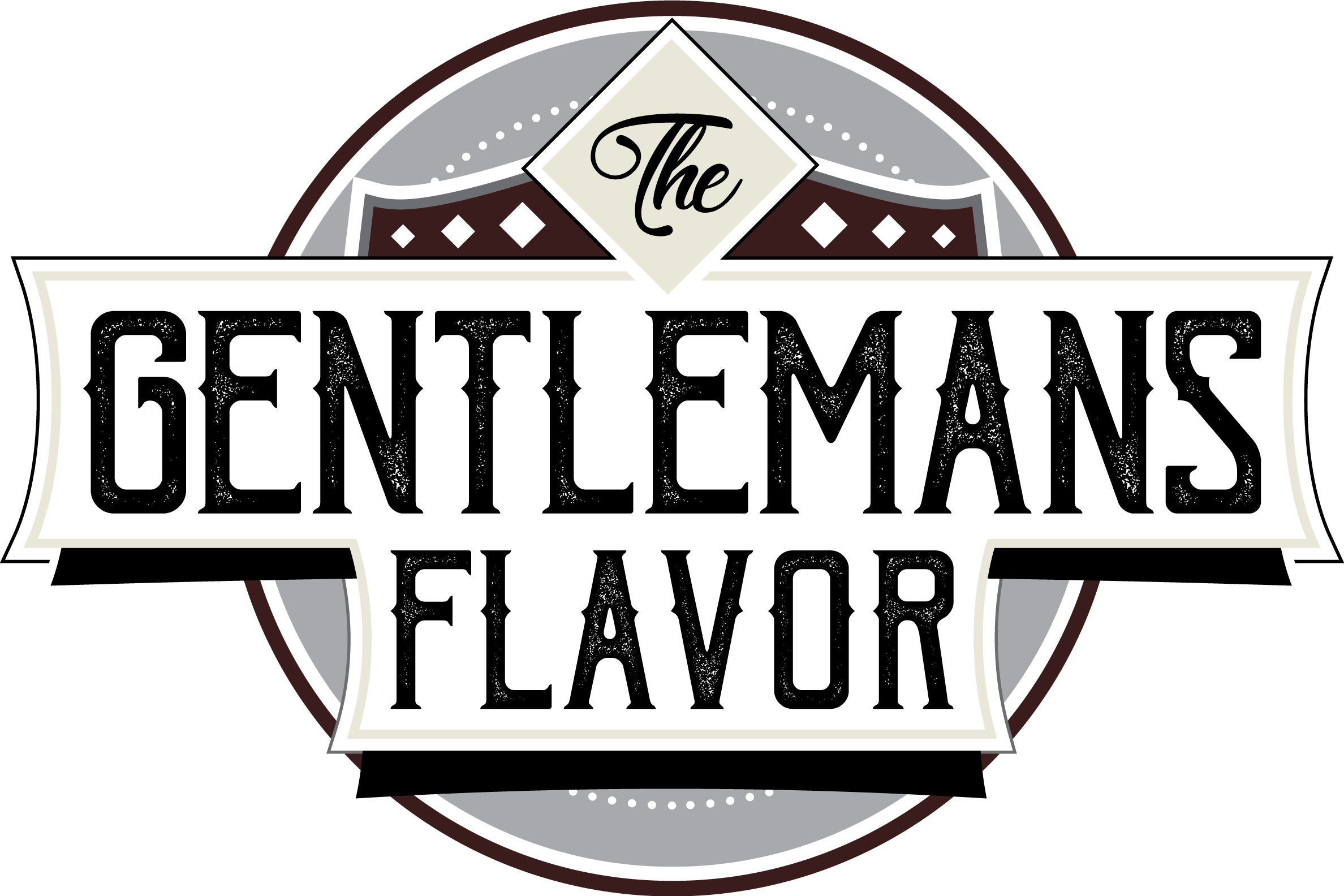














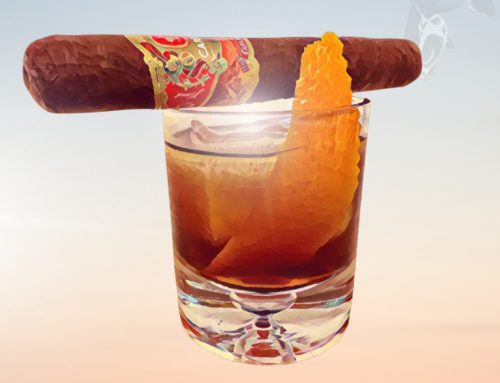
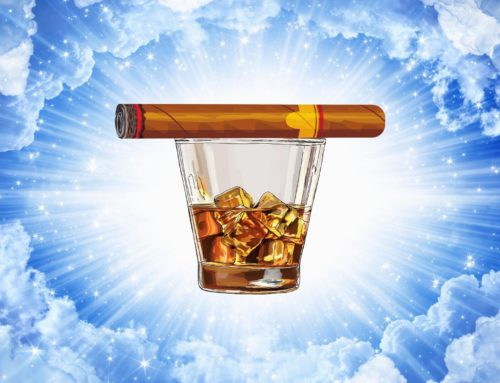
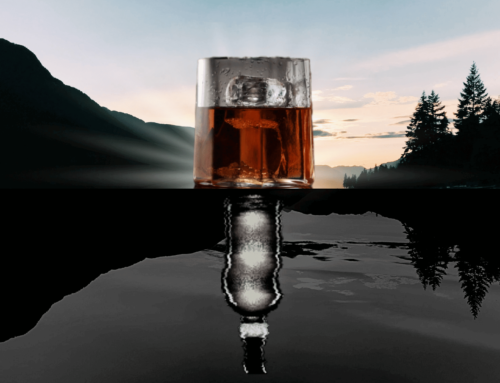
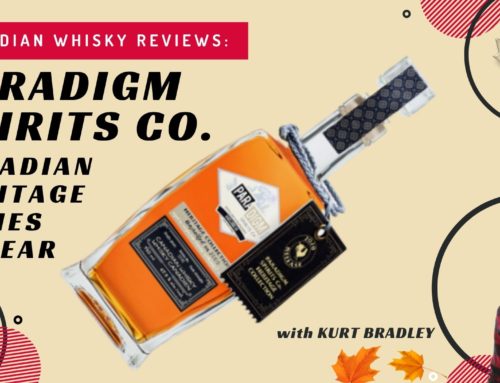
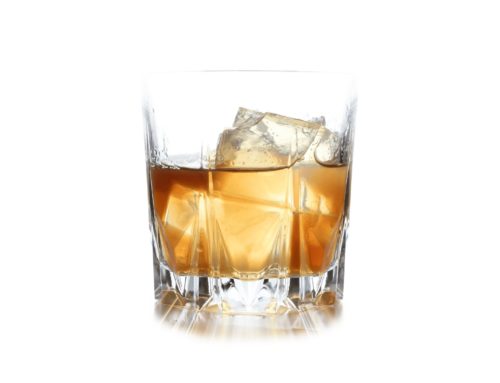
[…] There are also a lot of lesser known distilleries who are releasing some quality whisky: Two brewers out of Yukon, Shelter Point out of British Columbia, and Eau Claire in Alberta are all worth exploring. I am extremely excited and look forward to the future of Canadian whisky! […]
[…] that Canada has a history steeped deep in rum, especially on its coastal regions, and just like the history of Canadian whisky, much of it is floating in […]
[…] it turns out, Forty Creek Distillery’s Confederation Oak Reserve Canadian Whisky and Montecristo’s classic No. 2 Cuban cigar make for a celestial, stars-aligned heavenly […]